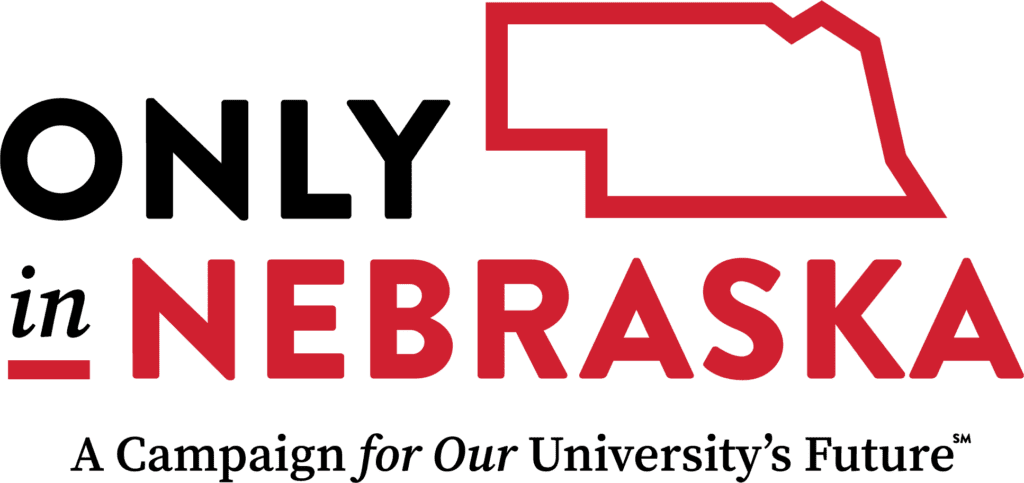This School of Rock turns teachers into stars
UNL’s summer field course turns teachers into geology stars
This is how you turn science teachers into rock stars:
Take them on a road trip.
Get them dirty.
Show them a stadium of mountains and rivers and open sky and pose questions about the geologic world around them. But don’t make it easy. Hand them a shovel.
Make them dig deep to uncover the answers for themselves.
Frustrate them.
Then watch them return to their classrooms squeezed and heated and changed like a metamorphic rock.
This transformation happens each summer during a two-week graduate-level class at the University of Nebraska-Lincoln called Methods in Geoscience Field Instruction, a field course for science teachers.
“It was the most incredible journey I have ever been on so far,” says Anica Brown, who teaches science to seventh- and eighth-graders at Lincoln’s Pound Middle School. “Had I not had that opportunity, I would not be able to do the things I do now in my classroom.”
The teachers start out in Lincoln and then follow the Platte River through Nebraska and into the Rocky Mountains of Wyoming, where they study the history of the Rockies, and then travel on to South Dakota and back home.
The teachers learn together in the field, irritated at first by the course’s “inquiry-based” method of teaching in which the facts aren’t just given to them to memorize. They eat around the campfire and sleep under the stars. They bond.
They absorb the enormity of the Earth and its geologic history and come away humbled by it, and with a whole different outlook and a drive to solve problems on their own based on curiosity.
“I’d taken other courses before about rocks and minerals and different things like that,” says Brown, who went on the trip two years ago. “But never have I really been exposed to and thrust into the real rocks.”
A rock star professor, Dr. David Harwood, leads the course.
“It’s not something that I have to teach,” he says. “I am a professor, but I don’t teach in this way. I teach by allowing the students who are teachers to discover this. So by immersing these teachers in a discovery process, they get to feel like they are students, and they get to feel the value of the process of learning, which is a lifelong skill.”
Harwood, the Stout Chair in Stratigraphy in UNL’s Department of Earth and Atmospheric Sciences, had this past summer’s class “going from sunup to sundown every day,” says David Peters, a social studies teacher at Lincoln Southeast High School.
“It was a very challenging and very rewarding course,” Peters says. “”I think at times, we were overwhelmed and even became frustrated or fatigued. But I think that is the idea. I think that is what you want to get out of your education. I guess you want to challenge the students.”
Peters says Harwood was like the Energizer Bunny.
“And he had us at or near the breaking point for most of the two weeks.”
Says Brown: “Being infused with the inquiry method that David does, when he takes you out on this trip, is just incredible.
“I mean, you understand it when you come back and you just want to put it to use and bring it back to your classroom and your kids. You just want to do that.”
The course has been offered each summer for the past decade. Eight to 12 teachers take it each time. Most of their expenses – food, travel, lodging – are covered by private donors. The course is offered through the Nebraska Math and Science Summer Institutes program, managed through UNL’s Center for Math, Science and Computer Education.
Harwood is pleased with that broad financial support for the program. The money, he says, makes this course possible.
The students are grateful, too.
“Had I not had the opportunity to have someone provide funds for me to do this, I wouldn’t have done it,” Brown says. “I wouldn’t have been able to do it. I could not have afforded that 15-day trip on my own.”
Says Peters: “I would say a tremendous thank you to anyone who has donated toward this course. It was the most rewarding grad class I have never taken. It was extremely challenging, also enjoyable. I would say that on behalf of everyone who has taken the class, this year or in the past, we have lots of students to share these ideas with.
“And in terms of the investment, I can’t stress how long-lasting and how beneficial that will be to so many different communities across the state of Nebraska.”
Support for Students is a priority of the Campaign for Nebraska, which ends Dec. 31. Since the campaign began in 2005, more than $265 million has been raised to support University of Nebraska students, and more than 1,700 scholarship funds have been created.
If you would like to help support graduate students like teachers David Peters and Anica Brown, please consider giving online to the Chris and Marlys Christensen Geosciences Teaching Fund at UNL or contact the foundation’s Joye Fehringer at 800-432-3216.





